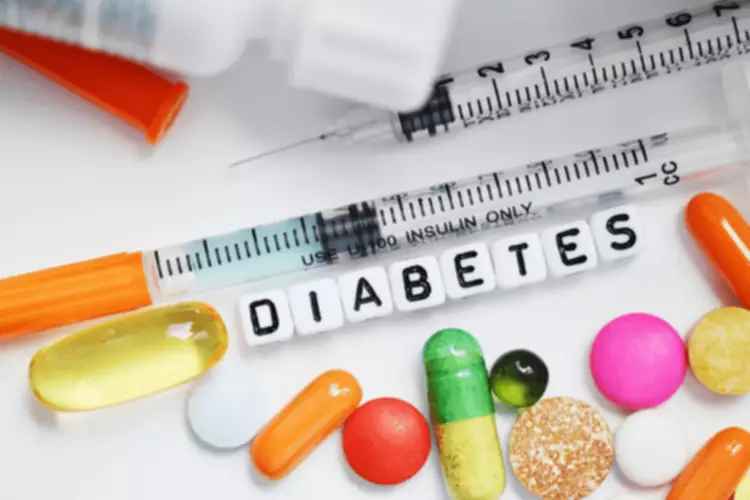Drinking can also lead to injuries and death by accidents, including motor vehicle crashes and falls, and can result in social and legal problems. Continued liver damage due to alcohol consumption can lead to the formation of scar tissue, which begins to replace healthy liver tissue. When extensive fibrosis has occurred, alcoholic cirrhosis develops.
Natural History
- However, steatosis also develops after binge drinking, defined as the consumption of 4 to 5 drinks in 2 hours or less.
- The results from one or more of these severity scoring systems are one of the things a doctor may look at when deciding the urgency of your need for a liver transplant.
- Globally, it causes about 2 million deaths per year, or 4% of all deaths.
- It’s really important that the scarring in your liver is checked regularly because there are often no symptoms to tell you or your doctor if your condition is getting worse.
- Access to “a life-saving procedure is being based on perceived poor behaviour,” said Debra Selkirk, who has been campaigning for more compassion toward those with liver failure from alcohol abuse.
Alternatively, more severe and specific symptoms can include encephalopathy and hepatic failure. Physical findings include hepatomegaly, jaundice, ascites, spider angiomas, fever, and encephalopathy. You’re more likely to have a worse outcome if you have difficulty finding alcoholic liver disease the help you need to stop drinking alcohol or if you develop ascites. Due to how your body metabolizes alcohol, you’re also more likely to have a worse outcome if you’re female. Preventing decompensated cirrhosis may be possible, but it depends on the cause.

Symptoms of alcohol-related liver disease (ARLD)
If you’re dependent on alcohol, you can experience alcohol withdrawal symptoms if you suddenly stop drinking, so your doctor might recommend cutting down your alcohol intake slowly rather than stopping straight away. Reducing the amount of alcohol you drink can still lead to a significant improvement in your condition. If you can stop drinking alcohol and eat healthily, you’ll reduce the risk of further damaging your liver and give it the best chance of recovering. If your doctor thinks you have any form of liver disease they will try to find out what is causing it and how damaged your liver is.
Can your liver recover from cirrhosis?
The altered intracellular redox potential leads to the accumulation of intracellular lipids. Although alcohol use is necessary for ALD, excessive alcohol use does not necessarily promote ALD. In heavy drinkers, only 1 in 5 develops alcoholic hepatitis and 1 in 4 develops cirrhosis. Symptoms of alcohol-related cirrhosis typically develop around the mean age of 52, with alcohol-related fatty liver disease and alcohol-related hepatitis often showing up about 4 to 8 years before this. It may start with fatty liver disease, progressing to alcohol-related hepatitis, and then to alcohol-related cirrhosis. But you could develop alcohol-related cirrhosis without ever having alcohol-related hepatitis.
Healthcare providers use scoring methods like the Child-Turcotte-Pugh (CTP) system and the Model for End-Stage Liver Disease (MELD) to forecast your prognosis and determine your place on the liver transplant waiting list. These scores are based on your liver function test results and whether you have complications like ascites or hepatic encephalopathy, which would indicate decompensated cirrhosis. Liver transplantation could be a consideration for patients not responding to steroids and with a MELD of greater than 26.
Infections increase the risk of decompensation and death in patients with early alcohol-related liver disease – ScienceDirect.com
Infections increase the risk of decompensation and death in patients with early alcohol-related liver disease.
Posted: Wed, 24 Jan 2024 13:29:29 GMT [source]
Frequently asked questions about liver failure
Oxidative damage
- Absolute abstinence from alcohol is crucial for preventing disease progression and complications.
- As emphasized in the most recent national practice guidelines, health care providers must be attentive for signs of covert alcohol abuse.18 Many patients do not openly disclose an accurate history of alcohol use.
- Thrombocytopenia can result from the direct toxic effects of alcohol on bone marrow or from splenomegaly, which accompanies portal hypertension.
- You’ll only be considered for a liver transplant if you have developed complications of cirrhosis despite having stopped drinking.
